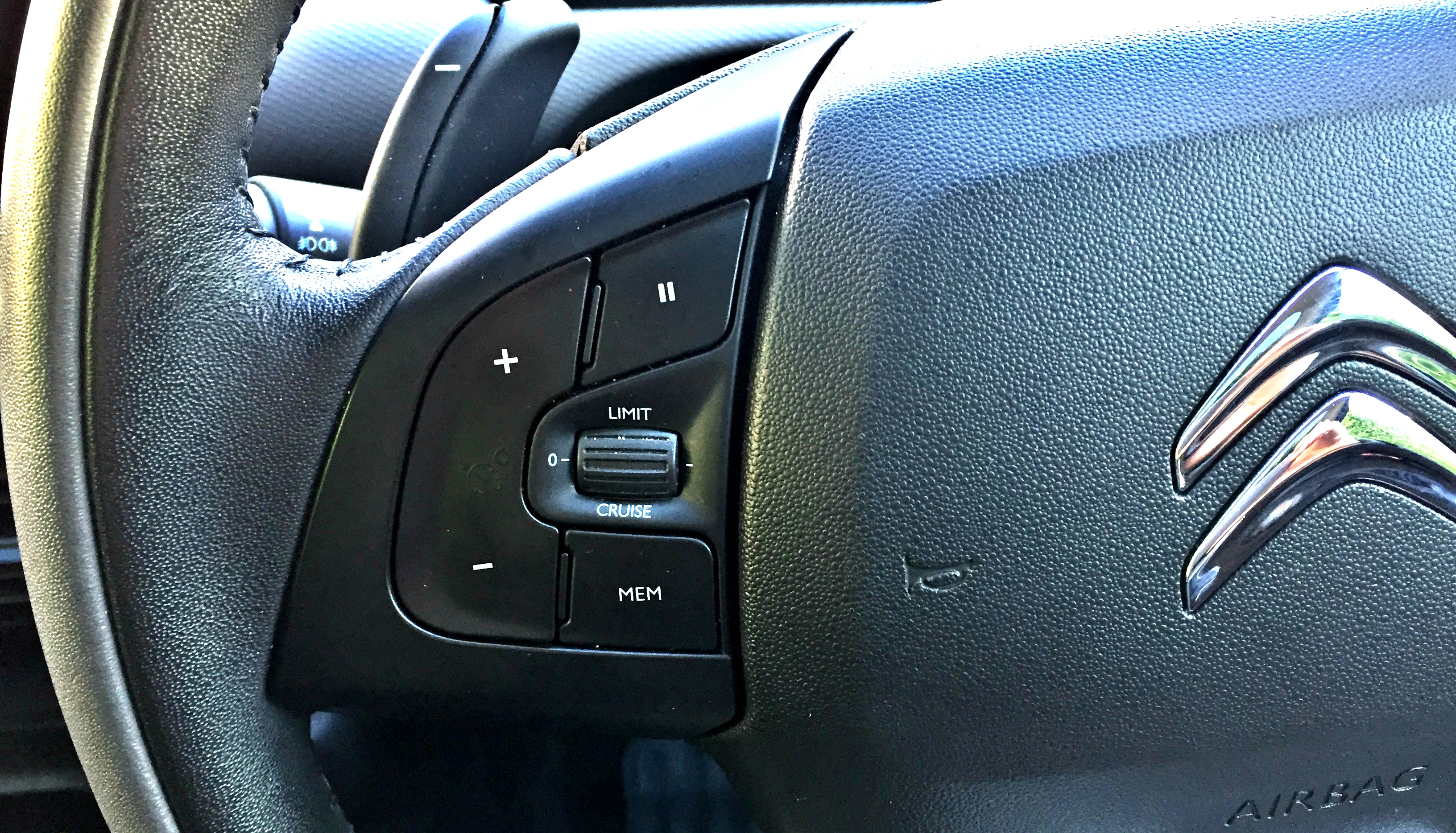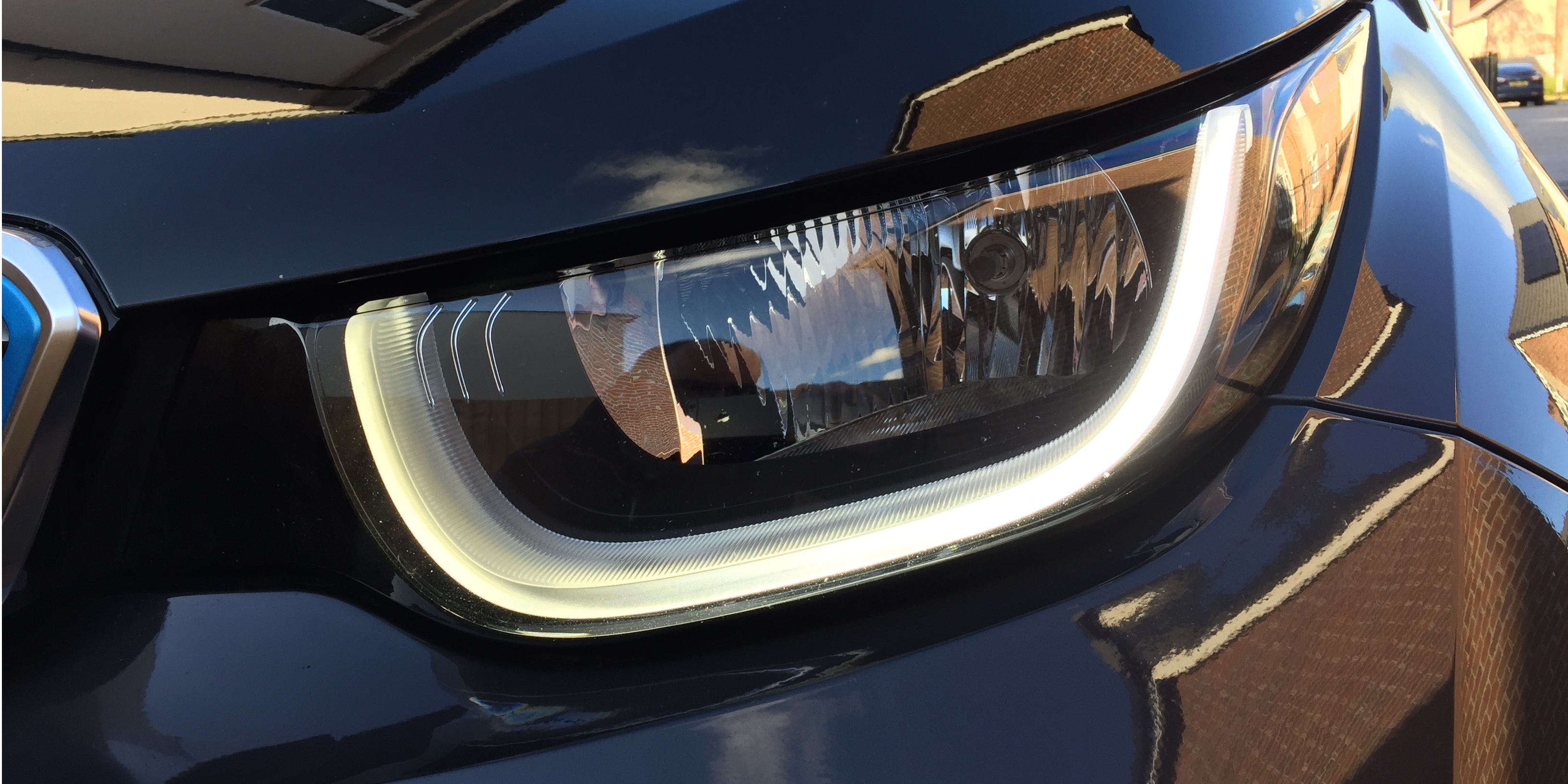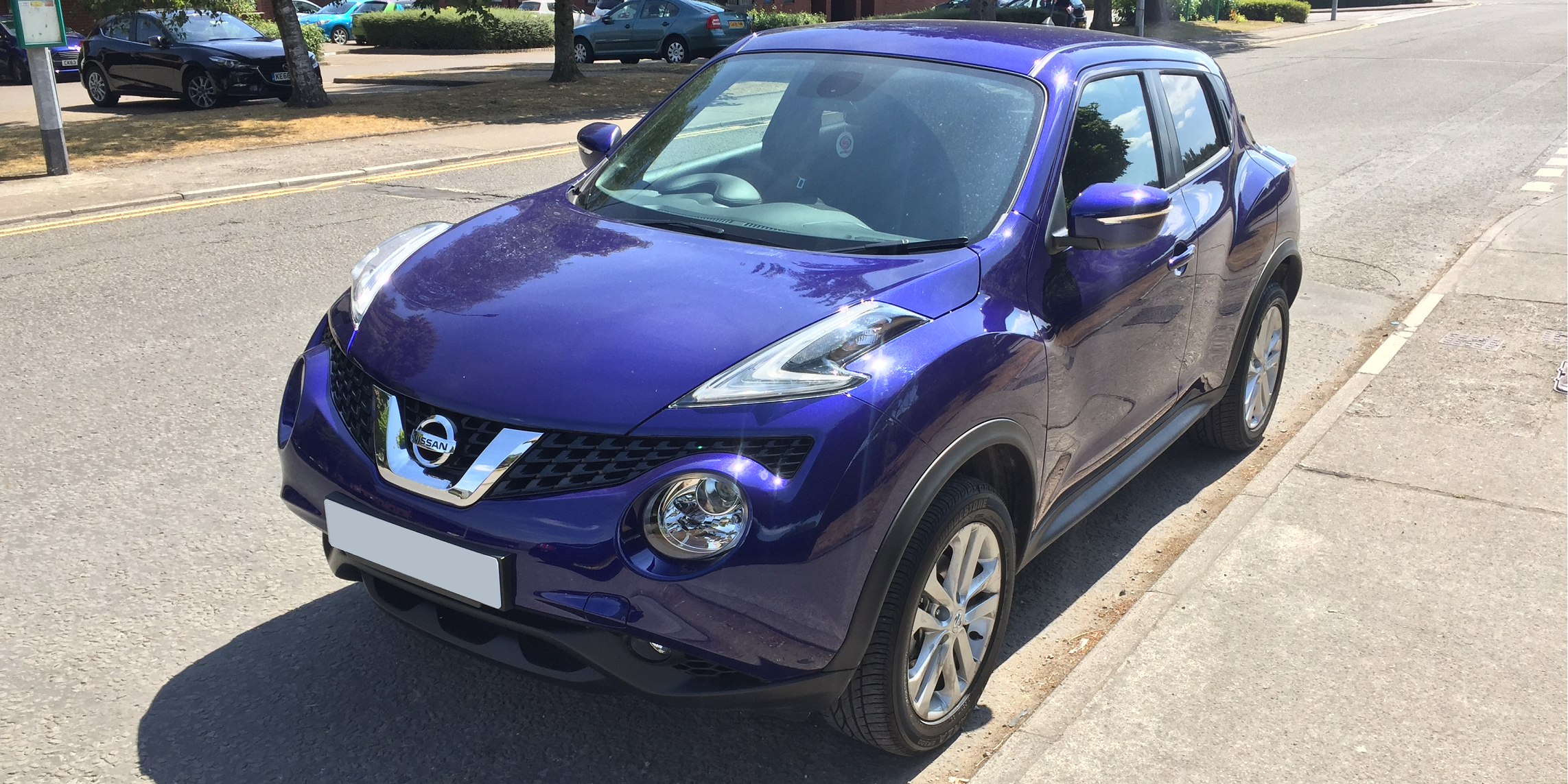
Private Practice
It can be beneficial to have private practice in your own vehicle after you’ve had a few professional lessons, but check with your driving instructor first to establish that you are ready and if possible involve the person who’ll be supervising your private practice in any discussions.
- Before attempting to drive, ensure that you’re insured on the vehicle you’re driving, whether you own it or not, and that it’s safe to use on the road. Even if you’re insured on another vehicle, don’t automatically assume that you’re covered to drive other vehicles – this is often not the case. Learner drivers can usually be added to an existing car insurance policy. Alternatively, specialist learner driver cover can be purchased, which may be more cost effective.
- You must be supervised by someone aged over 21 who has held a full driving licence for over 3 years and not currently disqualified.
- They must ensure they are fit to drive, even if you’ll be driving the whole time. So neither of you should be under the influence of alcohol or drugs and neither should use a mobile phone during the drive, for example.
The Supervising Driver
Before you take a learner driver out to practise, be sure that you are up-to-date with current techniques and driving rules. Your experience on the road counts for a lot, however, a few things may have changed from when you learnt to drive or you may have acquired some bad driving habits over time. Always try to set a good example when driving – if you’re expecting the learner to adhere to the speed limit and act considerately to other road users, you should do the same!
It’s important that you avoid contradicting what the professional instructor is teaching the learner, so regular discussion with the Approved Driving Instructor (ADI) is very beneficial, you could also sit-in on one or more lessons to observe current practices.
Although the learner will probably have some idea of the parts of their driving they need to improve, encourage them to ask the instructor at the end of every lesson what they should practice before the next lesson.
You may even want to take a few refresher lessons with an ADI to prepare yourself or perhaps you could consider joining a local advanced drivers group such as RoSPA’s Advanced Drivers and Riders or IAMRoadSmart.
Remember: Make sure that you are both familiar with the latest edition of The Highway Code – it may have changed since you last read it. The Highway Code is available to purchase from bookshops or free online here.
On the Road
Always try to plan your route before leaving home – you both need to know that the roads you’ll be driving on are suitable for you, particularly as there won’t be dual controls in the vehicle. As you gain more experience you may then decide to drive at night or on busier roads but keep discussing progress with your driving instructor – they are the experts. A great way to also increase practice time is to drive on routine trips, such as to the shops or to visit family. This can feel less like a driving lesson and be much more realistic.
A calm atmosphere will make the process a whole lot easier for both of you. Set aside dedicated time for private practice so neither of you feels rushed or stressed, slow down your conversation, your instructions, and the car’s speed. Take breaks to discuss what you’ve practised and review your session and overall progress.
For RoSPA’s advice on how to manage a practice drive please click here.
Remember: You cannot undertake private practice on the motorway, this is only permitted on professional lessons with an Approved Driving Instructor.
Feedback
Talking about the drive is an important part of the learning process. Discuss what happened and how situations were dealt with during the drive.
Reflect on the positive elements of the session and if something didn’t go so well talk about what could be done next time to deal with the situation more effectively.
Nobody is perfect straight away, faults and errors are all part of the learning process and discussing how to make improvements next time will help.
For more learner driver information visit the following websites:
- Safe Driving for Life – A learning to drive website produced with the DVSA
- Helping L Drivers – Helping young people learn to drive and ride safely
- Your Driving Licence – Getting a driving licence and keeping it.
- Smart Driving – For drivers, learner drivers and driver trainers.









